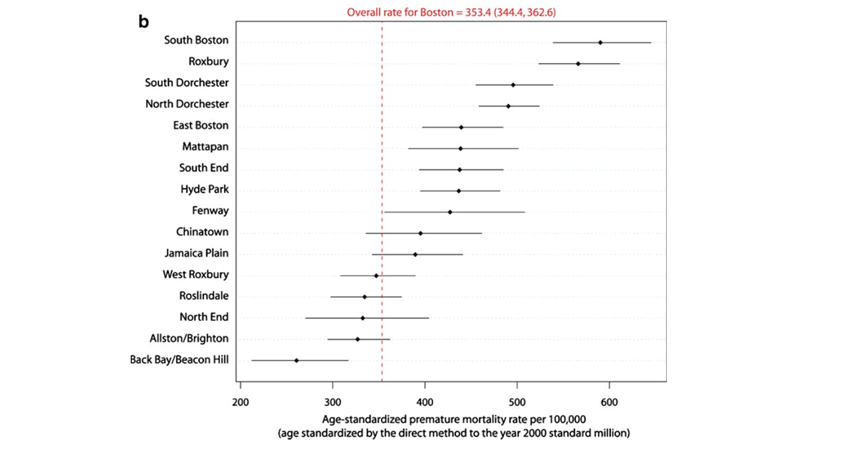Health and the City.
 Before I delve into the topic of this week’s Dean’s Note, I want to acknowledge that today, March 8, is International Women’s Day—a reminder to all of us of the importance of eliminating gender disparities in primary and secondary education worldwide and of supporting women in leadership. Girls’ education is critically linked to self-determination, improved social and economic status, and positive health outcomes. Maternal deaths and pregnancy-related problems cannot be eliminated without the empowerment of women, which entails better access to health information and care and control of resources. I will write more on this topic in a future Dean’s Note.
Before I delve into the topic of this week’s Dean’s Note, I want to acknowledge that today, March 8, is International Women’s Day—a reminder to all of us of the importance of eliminating gender disparities in primary and secondary education worldwide and of supporting women in leadership. Girls’ education is critically linked to self-determination, improved social and economic status, and positive health outcomes. Maternal deaths and pregnancy-related problems cannot be eliminated without the empowerment of women, which entails better access to health information and care and control of resources. I will write more on this topic in a future Dean’s Note.
Health and the City
你的
Urban Health
作为
The Determinants of Health in Cities
在
Health and Boston
Perhaps the abstraction of “urban health” is brought home more acutely when one considers our home, Boston. Boston is characterized by dramatic heterogeneity in health across the city. Life expectancy in this relatively small city varies by as much as 33 years between neighborhoods that are only a couple of miles away from each other, with a high of 91.9 in Back Bay and a low of 58.9 in Roxbury. Comparably, Jarvis Chen and colleagues compared premature mortality rates across neighborhoods in Boston, finding that Roxbury and South Boston had by far the highest rates and Back Bay/Beacon hill had the lowest (see figure).

哈
Opportunities in Urban Health
在
I hope everyone has a terrific week. Until next week.
Warm regards,
Sandro
Sandro Galea, MD, DrPH
Dean and Professor, Boston University School of Public Health
@sandrogalea